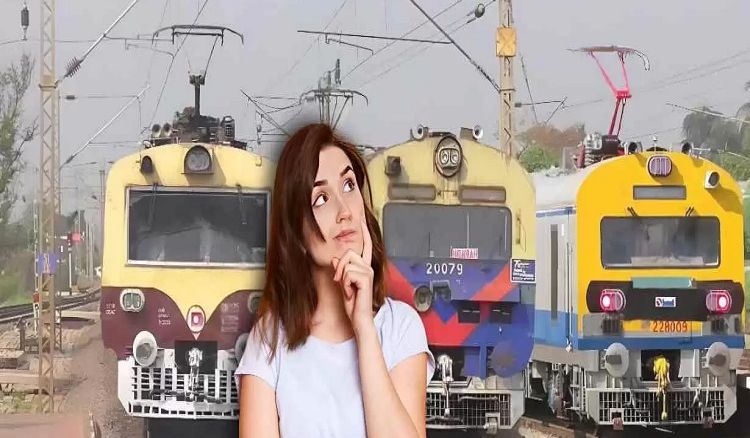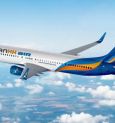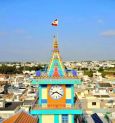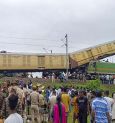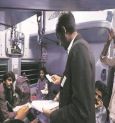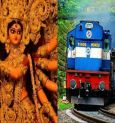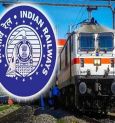In Eastern Railways, a diverse array of trains crisscross the region, catering to the commuting needs of millions. Among these, EMU (Electric Multiple Unit), MEMU (Mainline Electric Multiple Unit), and DEMU (Diesel Electric Multiple Unit) trains stand out as lifelines for local and medium-distance travelers.
Let's delve into the intricacies of each and their pivotal role in facilitating seamless journeys.
Embraced by throngs of passengers, EMU local trains epitomise swift urban transit. Characterized by spacious coaches, wide doors, and high-speed fans, these trains are tailored for quick city hops. Originally introduced in 1957 on the Howrah-Sheoraphuli line, EMU trains have evolved significantly. Presently, Eastern Railways operates EMU services with either 9 or 12 coaches, accommodating up to 113 and 98 passengers per trailer coach and motor coach, respectively. Moreover, vendor coaches integrated within EMU trains provide convenient access to local goods markets, enhancing passenger convenience.
Venturing beyond cityscapes, MEMU trains traverse short to medium distances, bridging urban and suburban domains. Unlike their EMU counterparts, MEMU trains lack separate engines, relying on motor coaches for propulsion. With 141 MEMU trains in operation across Eastern Railways, including divisions such as Howrah, Sealdah, Asansol, and Malda, these services have become instrumental in interlinking regional hubs and facilitating inter-city travel.
For areas beyond the reach of electric lines, DEMU trains emerge as vital connectors. Fueled by diesel motors, these trains provide essential services across 50 routes within the Eastern Railways. Particularly prominent in divisions like Howrah and Malda, DEMU trains cater to diverse passenger needs, ensuring accessibility even in remote locales.
In the tapestry of Eastern Railways, EMU, MEMU, and DEMU trains form the backbone of commuter infrastructure, offering a spectrum of services tailored to varying travel demands. From bustling city centres to remote hinterlands, these trains stitch together the fabric of connectivity, facilitating economic mobility and social cohesion across the region. As Eastern Railways continues to innovate and expand its fleet, the journey towards seamless and efficient commuting for all remains steadfast.
 বাংলায় পড়ুন
বাংলায় পড়ুন


